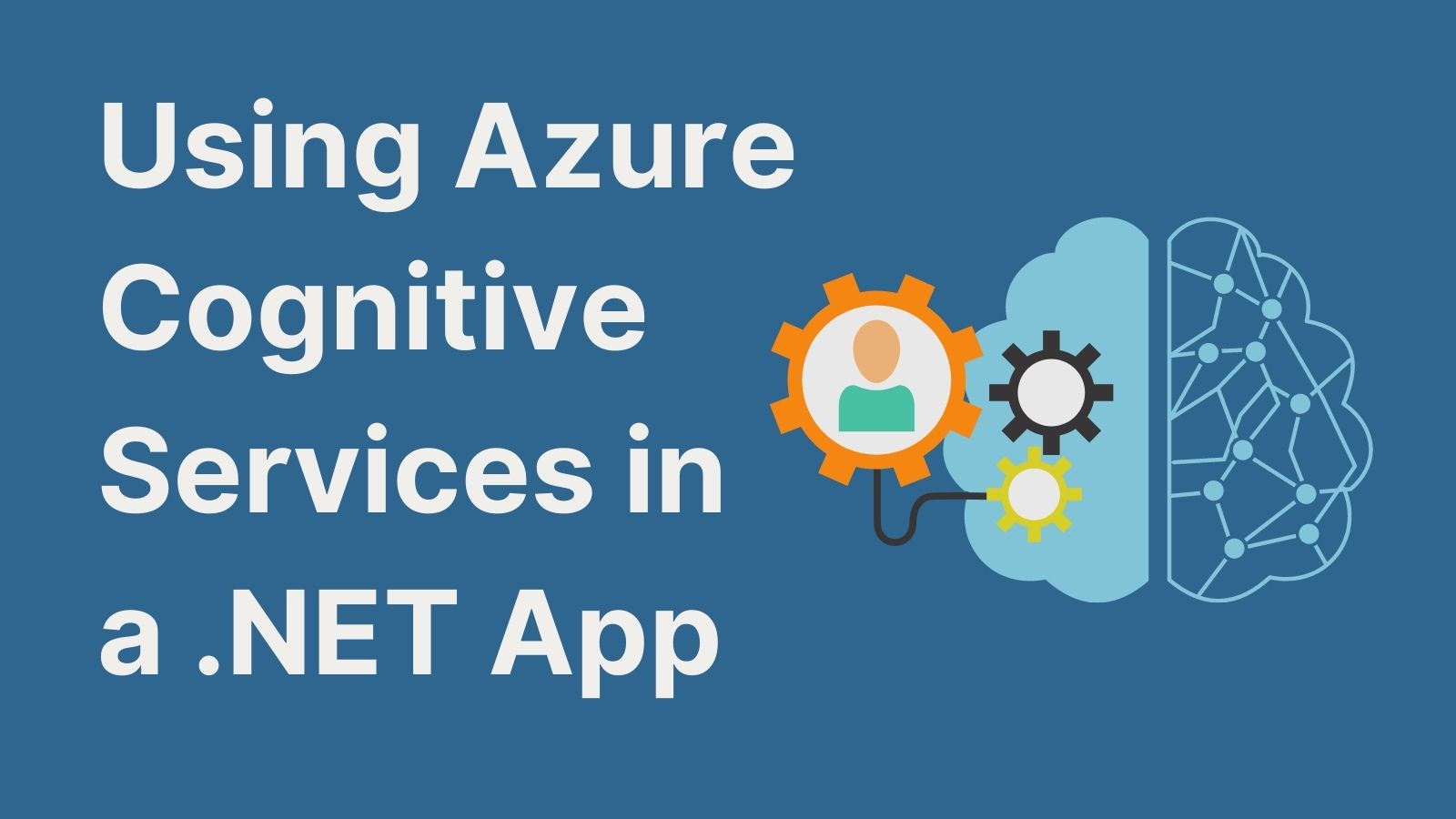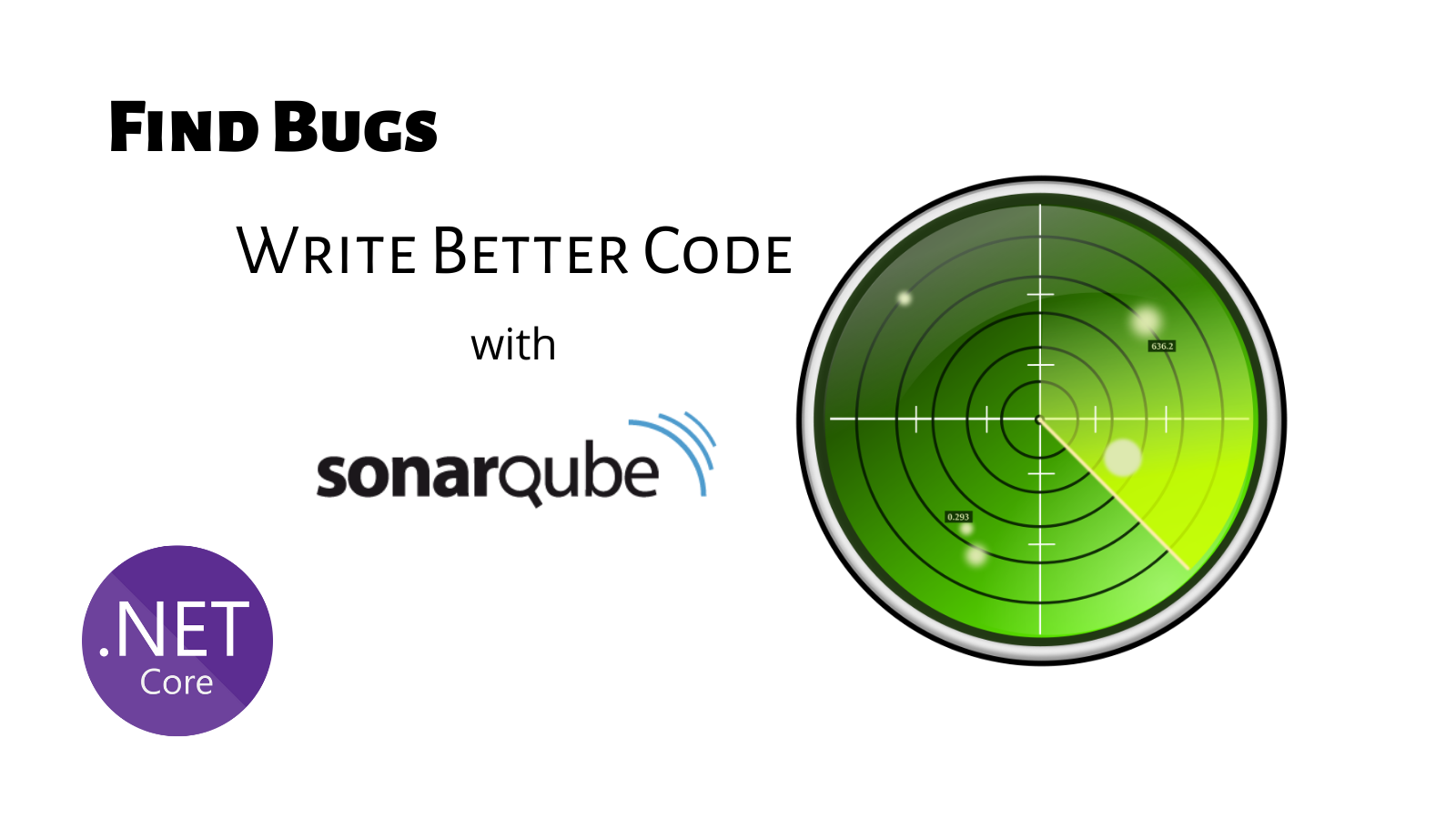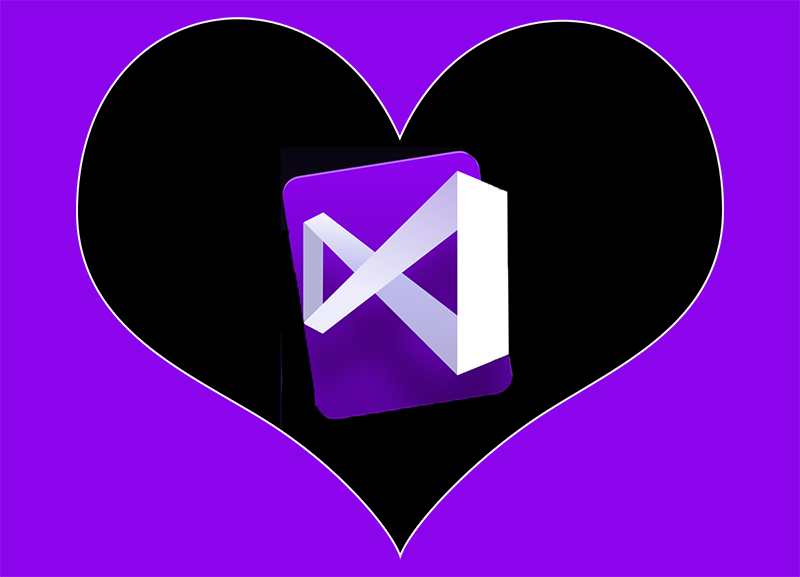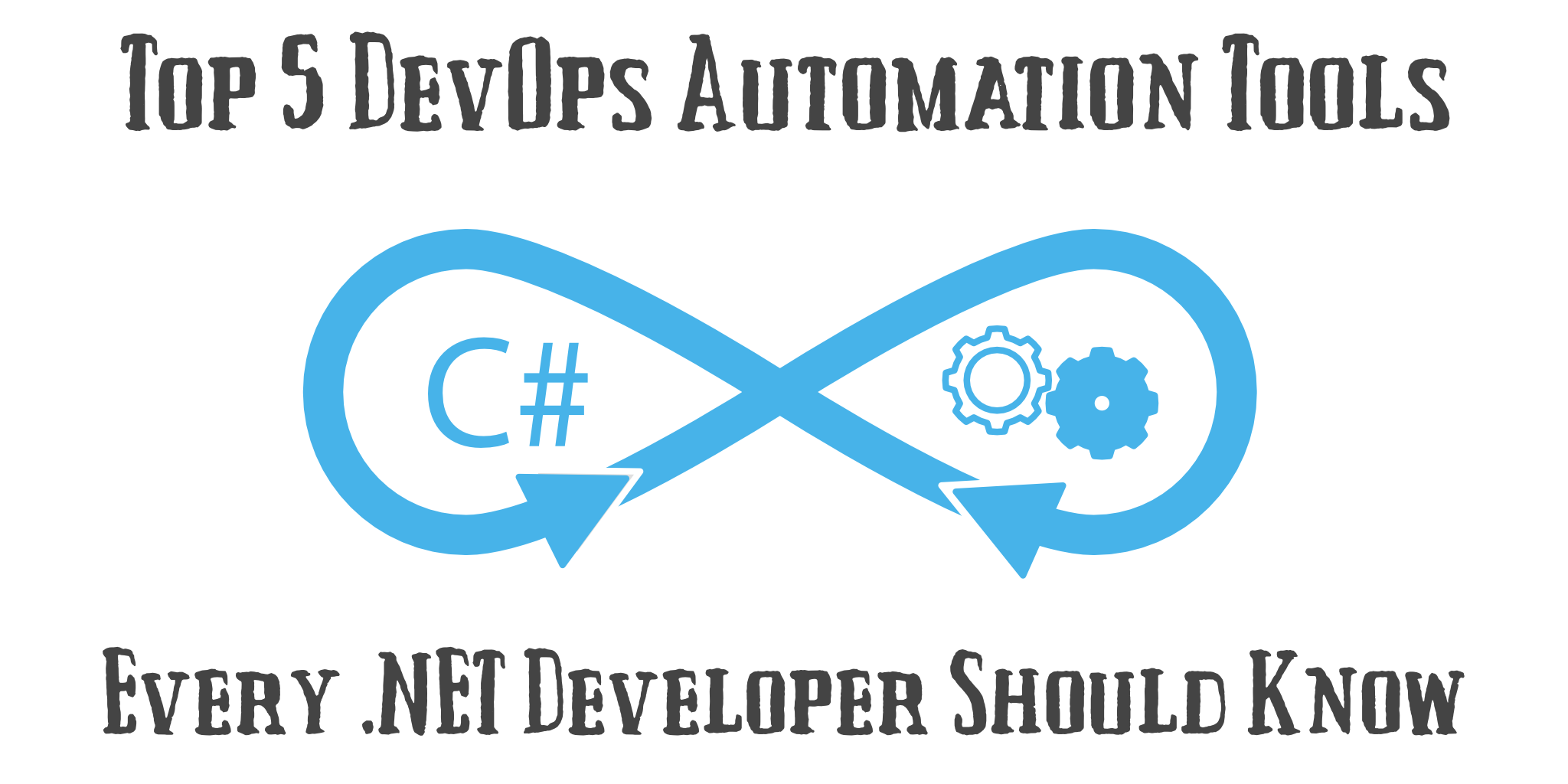Articles tagged csharp
Secure Your .NET 6 Web API

.NET 6 is here and many of us are making preparations to update .NET 5 codebases to .NET 6. As part of this review, today you will learn how to implement the client credentials flow in ASP.NET Core Web API. Note: In May 2025, the Okta Integrator Free Plan replaced Okta Developer Edition Accounts, and the Okta CLI was deprecated. We preserved this post for reference, but the instructions no longer work exactly as written....
Managing Multiple .NET Microservices with API Federation

For large enterprise companies, boundaries around each team are crucial for maintaining systems that are owned by software engineers. This is accomplished by allowing individual teams to own their systems and expose them via APIs. You also need to keep certain types of cross-cutting concerns centralized, like select security controls, logging, and routing. If you don’t, every API across different teams has to implement common controls like rate-limiting, logging, and authentication. This can lead to...
Comparison of Dependency Injection in .NET

Why you should care about dependency injection Dependency injection is a tried and proven design pattern for producing code that is testable, readable, and reusable. This is achieved by creating (or increasing) a separation of concerns, where each class has a dedicated area of responsibility. Dependency injection is just one design pattern used to achieve inversion of control in which the calling code, or client, has no knowledge of the inner workings of the dependency,...
How to Deploy a .NET Container with AWS ECS Fargate

In a previous article, we learned how to host a serverless .NET application using AWS Lambda. We talked about the history of serverless and how companies are using these types of technology to simplify delivering APIs and functionality faster than traditional methods. Some problems will arise in this type of application when you need more capability than standard HTTP requests like GET, POST, PUT, DELETE, etc. Web Sockets is a great example of this. Table...
Using Azure Cognitive Services in a .NET App

Azure Cognitive Services is a collection of cloud-based AI products from Microsoft Azure to add cognitive intelligence into your applications quickly. With Azure Cognitive Services, you can add AI capabilities using pre-trained models, so you don’t need machine learning or data science experience. Azure Cognitive Services has vision, speech, language, and decision-making services. In this article, you will learn how to use the Vision Face API to perform facial analysis in a .NET MVC application...
Secure Your .NET 5 Blazor Server App with MFA

Note: In May 2025, the Okta Integrator Free Plan replaced Okta Developer Edition Accounts, and the Okta CLI was deprecated. We preserved this post for reference, but the instructions no longer work exactly as written. Replace the Okta CLI commands by manually configuring Okta following the instructions in our Developer Documentation. Introduction to Server Blazor apps Blazor is an exciting new technology from Microsoft that will allow developers to bring C# to clients. Server and...
How to Write Cleaner, Safer Code with SonarQube, Docker and .NET Core

When it comes to code quality and code security, SonarQube is your teammate! This analysis tool is pretty straightforward to use, especially with some help from Docker. In this post, I’ll show you how to run a Docker container with SonarQube to analyze the code of a simple ASP.NET Core 3.0 application. Code analysis is a critical component of app development because it can identify security issues and other tricky bugs that might be overlooked...
Web Forms Migration to Blazor in .NET Core

ASP.NET Web Forms framework has been the cornerstone technology of .Net for web development since the release of .Net Framework in 2002. ASP.NET Web Forms includes a layer of abstraction for developers so that you don’t need to care about HTML, JavaScript, or any other front-end technology. It provides a development flow similar to building desktop apps, a way for developers to build a web page by drag and drop, an event-driven programming model, and...
How to Toggle Functionality in C# with Feature Flags

Toggling functionality using feature flags in .NET Core apps is quite straightforward, especially with a neat little feature flag management service. In this post, I’ll walk you through how to build a simple web application using Okta for user authentication and how to use ConfigCat to manage and access feature flags. What Are Feature Flags? Feature flags (aka. feature toggles) are a relatively new software development technique that enables development teams to turn features on...
Easy Xamarin Forms Auth with PKCE

OAuth 2.0 is a protocol that controls authorization to access a secured resource such as a native app, web app, or API server. For native applications, the recommended method for controlling access between your application and a resource server is the Authorization Code flow with a Proof Key for Code Exchange (PKCE). In this article, you will learn how to build a basic cross-platform application with Xamarin.Forms and implement Authorization Code flow with PKCE using...
A Quick Guide to Elasticsearch for .NET

Implementing search functionality in your .NET Core apps doesn’t have to be hard! Using Elasticsearch makes it easy to develop fast, searchable apps. In this post, I’ll walk you through building a simple web application using Okta (for user authentication), Elastic Cloud (the official Elasticsearch hosting provider), and the fabulous Elasticsearch NEST SDK. Note: In May 2025, the Okta Integrator Free Plan replaced Okta Developer Edition Accounts, and the Okta CLI was deprecated. We preserved...
Update App Secrets with Jenkins CI and .NET Core

Note: In May 2025, the Okta Integrator Free Plan replaced Okta Developer Edition Accounts, and the Okta CLI was deprecated. We preserved this post for reference, but the instructions no longer work exactly as written. Replace the Okta CLI commands by manually configuring Okta following the instructions in our Developer Documentation. Introduction Jenkins is a free and open-source application that makes it easy to create CI/CD pipelines in almost any language or environment. Jenkins features...
Developer's Cheat Sheet for C# 9.0

Introduction to C# 9 (and a bit of C# 8, too) Let’s start with a background on how C# 9 got here (implementation examples start in the next section). The last few years in computer science, we’ve observed the rising popularity of the #FreeLunchOver concept. The idea is that CPU technology, based on electrical signals and Von Neumann architecture, has reached its intrinsic limits. As long as integrated circuits were slower than light, we knew...
How to Write Secure SQL Common Table Expressions

Common table expressions are a powerful feature of Microsoft SQL Server. They allow you to store a temporary result and execute a statement afterward using that result set. These can be helpful when trying to accomplish a complicated process that SQL Server isn’t well suited to handle. CTEs allow you to perform difficult operations in two distinct steps that make the challenge easier to solve. In this article, you will learn how to write common...
How to Use WebAuthn in C#

Nowadays, using a password for authentication is becoming less and less secure. Password attacks are becoming more sophisticated, and data breaches occur more frequently. Have I Been Pwned, the website where you can check if your account has been compromised in a data breach, contains more than 10 billion accounts and more than 600 million passwords. With 62% of users reusing passwords, a successful attack on one of the websites gives the attacker access to...
How to Support .NET Core SameSite + OAuth Apps on Linux

Google’s recent approach to SameSite cookie attributes caused a bit of confusion among developers. Especially in cases where handling redirects is necessary. After doing some research in the topic I’d like this article to be a guide on how to handle SameSite cookie attributes properly in production. This guide can serve as the basis for deploying an application to any Linux based environment—such as AWS Elastic Beanstalk, Google Cloud App Engine—or any VPS Linux deployment....
How to Deploy Your .NET Core App to Google Cloud, AWS or Azure

There has been a cut-throat competition between cloud hosts in the past few years - each attempting to earn the sympathy of developers and dev-ops by rolling out shiny new tools, plugins, and integrations. There are a gazillion how-to tutorials and guides in the community on using these tools. Sometimes when looking for a solution, it is hard to find the newest and simplest way. I never know if an article written last year is...
Rider for C# - The Best Visual Studio Alternative IDE

When it comes to developing .NET apps, Visual Studio has historically been the default choice for .NET developers for two main reasons: Visual Studio is the official integrated development environment (IDE) from Microsoft, and There was no viable alternative to Visual Studio This all changed about three years ago when JetBrains, the company behind Resharper, one of the most popular Visual Studio extensions, released a new, cross-platform, and innovative IDE - Rider. The Rider IDE...
Install .NET Core Apps on Linux in 5 Minutes

As a big fan of open source, I’m loving the fact that .NET Core is cross-platform. It opens up endless possibilities, from hobby projects, experiments, and proofs of concept, to massive high-load production applications that run on cost-effective infrastructure with high security and scalability. I usually get the simplest and cheapest $5/month Ubuntu-based virtual private server (VPS) from any cloud platform provider instead of the more complex and expensive container instances or cloud computing services....
How to Authenticate with SAML in ASP.NET Core and C#

Security Assertion Markup Language, more commonly known as SAML, is an open standard for exchanging authentication and authorization data between parties. Most commonly these parties are an Identity Provider and a Service Provider. The primary use case for SAML has typically been to provide single sign-on (SSO) for users to applications within an enterprise/workforce environment. Up until the past few years, SAML was considered the industry standard—and proven workhorse—for passing an authenticated user into applications...
Deploy a .NET Container with Azure DevOps

When I began programming (in the ’80s), computers weren’t equipped with a network card by default. The internet was almost unknown and modems were slow and noisy. The software was installed from stacks of flexible floppy disks. Today, computing resources are virtual. The internet is vital and there is an URL for everything. We live in the *aaS (* as a Service) era, where if you want something, there is likely one or more something...
How to Build Securely with Blazor WebAssembly (WASM)

Last month I came out with a video tutorial on Blazor WebAssembly and I thought it would be good to follow up with a written tutorial as well. Youtube Link Because of the JS Interop, Blazor WASM has some key differences in the world of OAuth. Instead of thinking of this as a normal .NET back end application, you have to think of what Blazor resolves to in the browser - and that’s Javascript. Therefore,...
How to Adapt Your .NET App for SameSite

Have you run across an error message vaguely referencing SameSite in your .NET Apps? Read on, it’s time for a change to your code - and I’ll explain why. I like cookies, both the custard stuffed and the dry ones (which I use to dunk in my coffee or tea). This post is very much about cookies - only not the delicious, culinary ones. As in many other cases (think of the web, for example),...
How to Secure PII with Entity Framework Core

When the products we develop collect sensitive data, it’s essential to secure and safeguard it to protect user privacy and the user’s identity. Personally identifiable information (PII) is any data that can be used to identify a specific individual, such as name, email address, phone number, US Social Security number, birth date, and so on. Yet companies also need to store user-related data that is not as sensitive as PII. In this tutorial, you will...
Welcome Nick Gamb
My name is Nick Gamb and I am excited to be joining the Okta Developer Advocacy team for the .NET community. Who Am I At heart, I am just an inquisitive nerd who has had a very fortunate career getting to do many different things. I love video games, computers, programming, hacking, security, DevOps, data, film, photography, sound design, editing -it’s a long list. For the brave and interested, the longer, but still condensed, version...
Super Simple GraphQL Tutorial with C#

In today’s connected world, APIs are becoming an essential part of software and hardware companies. APIs allow companies to expose their services to third-party developers and integrate with other services. As more and more APIs are built and exposed to the internet, it is essential to secure them from unauthorized access. In this tutorial, you will learn how to build an ASP.NET Core 3.1 Web API using GraphQL and secure it with Okta. ASP.NET Core...
Identity Security for Games in C# with Unity

Unity is a cross-platform game engine developed by Unity Technologies. The engine is able to create three-dimensional, two-dimensional, virtual reality, and augmented reality games, as well as simulations and other experiences. The engine has been adopted by industries outside video gaming such as film, automotive, architecture, engineering, and construction. Identity security is a key concept that is mostly missing in Unity. In fact, most engines today do not provide solutions for securing identity, authenticating users,...
Easy Xamarin Essentials with Web Authenticator

Authentication is an important part of today’s mobile applications, but securely implementing authentication in a mobile app can be a daunting task. In this article, you will learn how to create a basic cross-platform application with Xamarin.Forms and use the WebAuthenticator class from Xamarin.Essentials together with Okta to quickly and easily add user login to your mobile app. To continue you will need: A basic knowledge of C# Visual Studio 2019 An Okta Developer Account...
Deploy a .NET Container with AWS Fargate

In the last article I wrote, I showed you how to host a serverless .NET application using AWS Lambda. In the article, we talked about the history of serverless and how companies are using these types of technology to simplify the process of delivering APIs and functionality faster than traditional methods. There are some problems that will start to arise in this type of application when you need more capability than your standard HTTP protocols...
How to Authenticate an AWS Lambda Function in C#

Serverless was only first coined as a concept 8 years ago in 2012 by Ken Fromm in The future of the world is serverless. Even with the rise of cloud computing, the world still revolves around servers. That won’t last, though. Cloud apps are moving into a serverless world, and that will bring big implications for the creation and distribution of software and applications. If you come from traditional service architecture roots of on-premises or...
How to Master the Filestream in C#

We live in a world that moves fast. Compared to the mid 90s through early 2000s, we have incredibly intelligent technology. Effectively, we have super-computers in our pockets. Our actual, modern supercomputers would have seemed like works of fiction just two decades ago. Not only is our ability to compute fast, but so is our data - with cellular 4G averaging 18.1 Mbps and 5G coming in at an average of 111.8 Mbps, at the...
The Most Exciting Promise of .NET 5

It’s time to get jazzed about the future of the .NET ecosystem! It’s hard to believe that .NET only came out in 2002. There are so many versions of the framework, rapidly changing the places a C# developer could create and support. The entire ecosystem just turned 18, and it has been confusing at times with versioning. I fell in love with how powerful the platform was, but often, choosing to upgrade to the latest...
Build an Incredibly Fast Website with Dapper + C#

If you have been doing .NET development professionally for any length of time, you are probably familiar with Entity Framework for data access. At the time of this post, both Entity Framework and Entity Framework Core have over 85 million downloads on Nuget so it is definitely a popular framework. People love Entity Framework because it abstracts the way you interact with the database to make development easier. The problem, though, is that you trade...
Baking in Security with .NET CLI Templates

Let’s face it: developing good security is hard, unglamorous, and time-intensive. People tend to think about it as an afterthought instead of a priority. What if there were a way to make all your new projects more secure out of the box, and also make your company’s development processes easier and more repeatable in the process? Good news everyone, I have just the thing: .NET templates. You are going to love how much time and...
How I Learned to Love Default Implementations in C# 8.0

If you haven’t heard, C# 8.0 ships with a new feature that allows you to add default implementations to interfaces. If you’re like me, you may be thinking, “Why? Why would I want to add implementations to interfaces? Isn’t that what abstract classes are for? Doesn’t that go against everything that interfaces stand for?” My immediate reaction to this new feature was visceral and negative,, but I decided to investigate closer and… I think I...
Use MongoDB in Your C# ASP.NET Apps

MongoDB is a document database. Instead of storing data in tables and rows, you store documents in a structure very similar to objects in the memory of your application. The schema is flexible and dynamic. You don’t need to define all fields upfront. Some MongoDB tutorials define model classes in C# and show how to read from and write to the database with them. This post takes a different approach, which also demonstrates how flexible...
C# WebSockets Tutorial: Build a Multiplayer Game

It might seem obvious, but HTTP is a transfer protocol for hypertext. It was designed — in 1989 — to allow clients to request and receive hypertext documents from a server. While the protocol is undoubtedly a revolutionary technology, modern web applications have evolved far beyond simply responding to client requests. Today, web applications push more processing onto a client that must accommodate multiple Javascript frameworks and libraries. There is a real need for a...
Build a Simple Microservice with C# Azure Functions

I’ve always liked microservices because they embrace small, well-encapsulated building blocks. They mitigate deployment hell by treating each component of a software system as its own product, with versions, testing, and releases. A microservice is “micro” because of the narrow scope of its functionality, not necessarily because the length of its code is very short. A microservice’s functionality, so long as it’s kept to the limited scope, can go as deep as required by the...
Build a Simple .NET Core App on Docker

Wouldn’t it be great if stuff just worked? Especially in the ever-changing world of software. Chasing dependency issues and debugging arcane operating system errors - not a good use of time. One important aspect of “stuff just works” – reliability. Recently, the software community has made strides in test-driven development and continuous integration processes to drive up quality, and of course, that improves reliability. But it can only go so far. Operating systems perform many...
5 Minute Serverless Functions in Azure without an IDE

Microsoft Azure makes it incredibly easy to get a basic API/microservice up and running quickly! If you are unfamiliar with building serverless architecture in the Microsoft ecosystem, using Azure Functions has become a quick way to get back-end code up and running that is easy to understand and usable for anyone. In this tutorial, we will set-up an API endpoint using the HTTP Trigger invocation that you can use with any front-end site. I use...
Secure an Episerver CMS website with Okta and C#

Most developers know that building an e-Commerce website can be a major pain. You have to contend with making the front end look great even when the content is dynamic and frequently updated. From seasonal themes like Black Friday and Christmas to customization based on the user’s behavior, it can be a major project to keep up. Luckily, there are platforms that allow developers to build in a templated fashion with content that can be...
Create a Blockchain Explorer in C#

Blockchain technology is already central to major cryptocurrencies like Bitcoin and its applications are ever growing. A blockchain is simply a list of records, called blocks. Each block contains information about transactions - and also confirms the validity of the previous block with something called a hash function. A hash function calculates a number from all of the data in a block. It works in such a way that if any of the bytes in...
5 Reasons Why You Should Give Visual Studio for Mac Another Try

Visual Studio has not always been as user-friendly on the Mac as it is on a Windows machine. Lately, however, the stable release of VS for Mac is really starting to feel like a simple, but luxurious cousin to Visual Studio 2019. Different, but related. Installation on a Mac is quick, simple, and allows you to get into coding right away - whether you are already familiar or an Apple-only dev getting into something new...
Build Continuous Integration with Jenkins in C#

“It works on my machine.” If you’re a developer, or you work with developers, you’ve heard this phrase one too many times. If you’ve been in the industry for a while, you may even have the coffee mug, tee shirt, or mouse pad. It’s fair to say that if Bart Simpson decides to embark on a career in software, “It works on my machine” will be the new “Eat my shorts”. Jokes aside, it represents...
The Top 5 DevOps Automation Tools .NET Developers Should Know

Not too long ago, deployments were done by hand - manually pushed to a physical server somewhere in a building your company owned. The software engineering world has come a long way since then, and we have more options than ever get our code and data live, automatically. Here are a few tools every C#/.NET developer should know that can help with that process, vetted by some of the best software leaders in the business....
Decode JWTs in C# for Authorization

There are two main steps in securing an application: authentication and authorization. Authentication is easy enough. A user enters a username and password (maybe even a second factor) to prove (authenticate) who they are. Authorization is a little less cut and dried. There are lots of factors that go into what an authenticated user is authorized to do. First, you need some information about the user that just authenticated. Many modern web apps use JSON...
Alexa, Sign In Every Time: Voice-Only Authentication Verification in .NET

Authentication for voice, specifically Amazon’s Alexa, has its limitations. The initial Account Linking process Amazon provides for identification works for many scenarios, but it is only done once (signing into the skill via the Alexa mobile app or website), and all subsequent sessions with the skill are linked - no log-in screen presented again. I’ve often been asked what the options are for verifying every time a user engages with an Alexa skill. For example;...
AWS Lambda vs Azure Functions for C# Serverless

As a C# developer, I became interested in how using a serverless function could complement existing projects I had done in ASP.NET 4.x. Enhancing ecosystems by using it for new requirements - without starting over from scratch - really had appeal. AWS Lambda came along first, with Azure Functions emerging onto the scene a couple of years later. In this post, we will briefly examine my experience getting started on both after using the .NET...
Use Firebase with Your ASP.NET MVC App

Working with databases hosted online has become easier over recent years. The emergence of Database as a Service (DaaS) specifically makes quick integrations much easier. It is important to keep application user data separate from personally identifiable information, especially in this day and age. When using a third party auth provider like Okta, user information like a name or email address can be stored by that provider directly in their system, benefitting from their oversight...
User Account Linking in Alexa with ASP.NET Web API

REST APIs are often written for enterprise-level companies as a way of allowing a client-side application to access core business logic. For many companies, simply extending their existing API by adding an endpoint for Alexa integration is the best way to manage that flow. For this example, you will use an existing Web API project on ASP.NET 4.7 and demonstrate how to link existing users to the Alexa skill the first time they access it,...